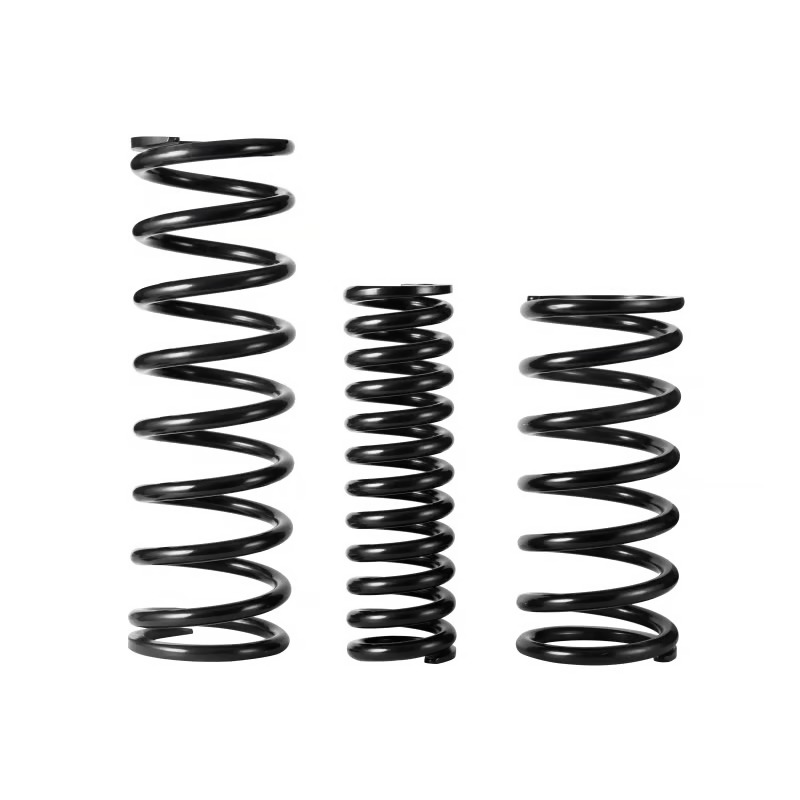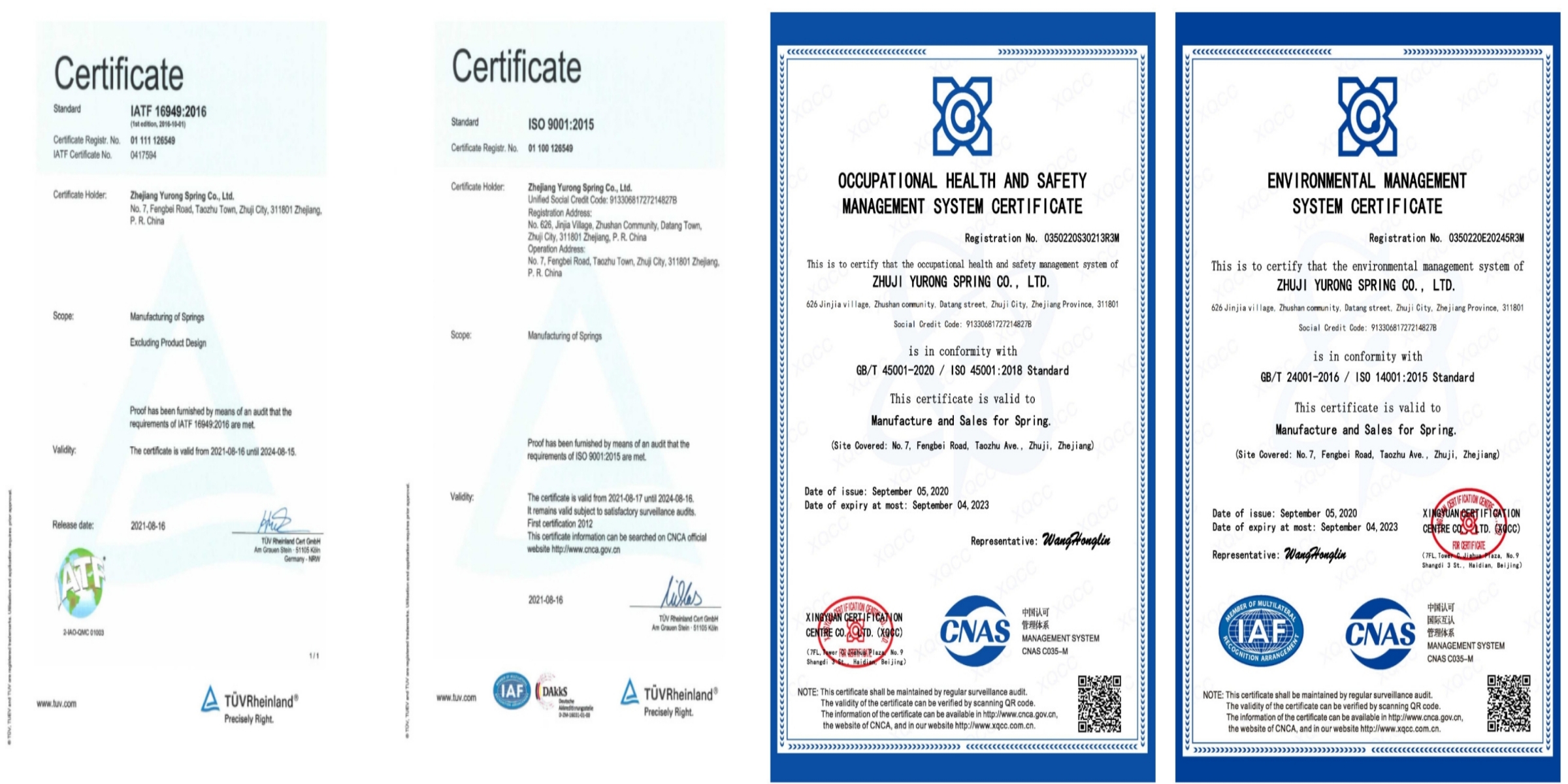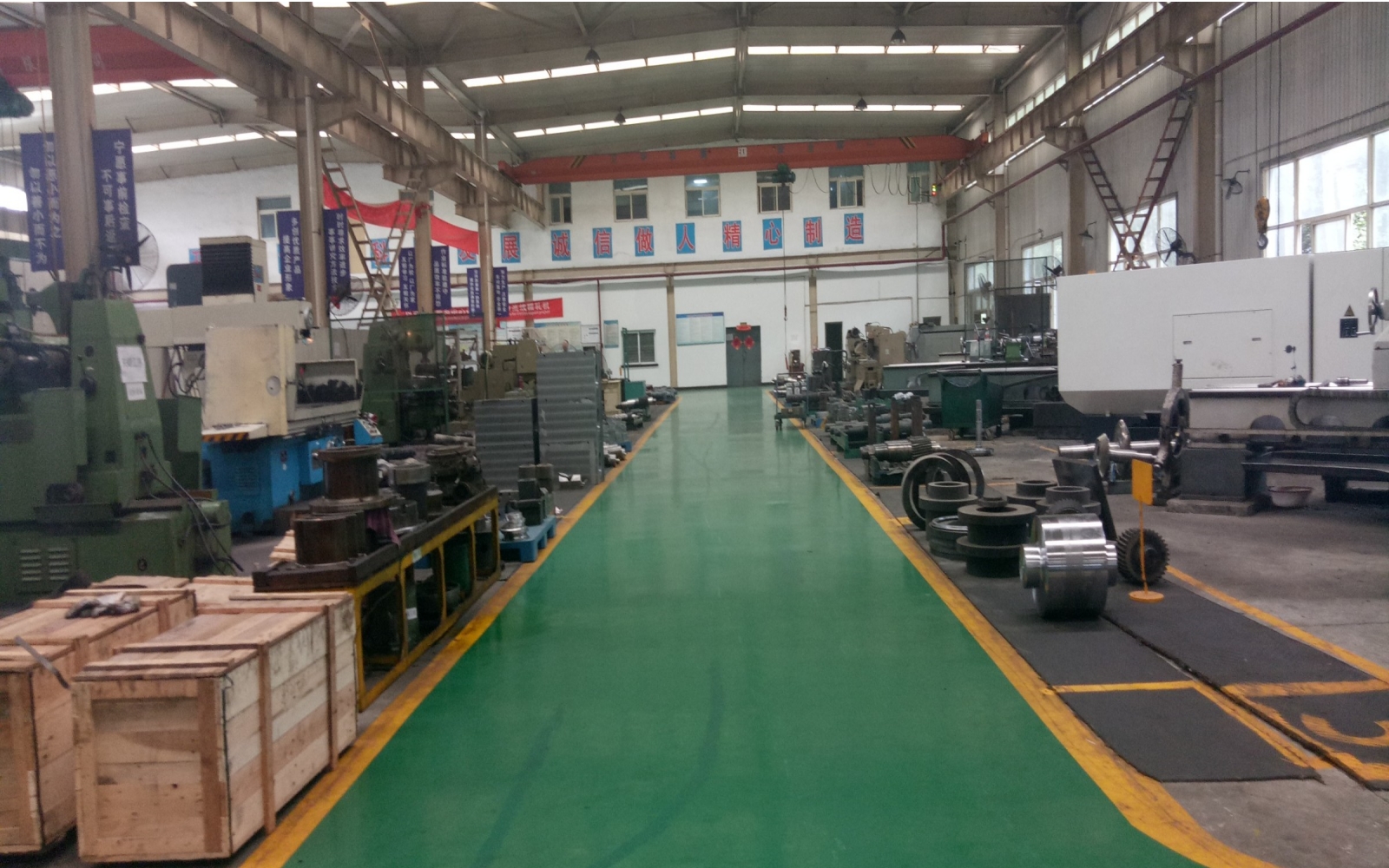
High-quality metric compression springs
Application:Used in a wide range of industries, including automotive, railway, high-voltage switchgear, construction machinery, household appliances, elevators, and robotics.
Design team and technical team: Our design and technical experts collaborate to provide innovative and meticulously crafted products for clients. We specialize in spring design,manufacturing, and optimization.
One-stop service: Zhejiang Yurong Spring Co., Ltd. builds its own brand in terms of management mode, quality management, and brand image, earning trust and reliability.
Metric Compression Springs: The Ultimate Guide to Choosing the Perfect Spring for Your Application
Introduction
When it comes to finding the ideal spring for your application, metric compression springs are a reliable and versatile choice. These springs are designed to provide a compressive force when an axial load is applied, making them suitable for a wide range of industrial and commercial applications. In this comprehensive guide, we will explore the various aspects of metric compression springs, including spring design, materials, dimensions, load capacity, and customization options. By the end, you'll be equipped with the knowledge to choose the perfect metric compression spring for your specific needs.
1. Understanding Spring Design
Before diving into the specifics of metric compression springs, it's important to have a basic understanding of spring design principles. Springs are mechanical devices that store and release energy, typically in the form of mechanical force. They are designed to absorb and distribute energy, providing stability and support in various applications. The design of a metric compression spring involves factors such as wire diameter, coil diameter, and coil pitch, which collectively determine the spring's load capacity, deflection, and stress levels.
2. Exploring Spring Materials
Choosing the right material for your metric compression spring is crucial for ensuring optimal performance and longevity. Various materials are commonly used for manufacturing springs, each offering different properties and advantages. Some popular materials for metric compression springs include stainless steel, carbon steel, and alloy steel. Stainless steel springs are known for their corrosion resistance and high tensile strength, making them suitable for demanding environments. Carbon steel springs are cost-effective and offer good strength and durability. Alloy steel springs provide excellent strength and fatigue resistance, making them ideal for heavy-duty applications.
3. Determining Spring Dimensions
When selecting a metric compression spring, it's essential to consider the dimensions that will best suit your application. The dimensions of a spring include parameters such as wire diameter, outer diameter, and free length. These dimensions directly impact the spring's load capacity, deflection, and overall performance. Choosing the correct dimensions requires careful consideration of the application's requirements, including the available space, load requirements, and desired spring rate. Consulting with a spring manufacturer or engineer can help ensure accurate dimension selection and optimal performance.
4. Assessing Load Capacity
The load capacity of a metric compression spring is a critical factor in determining its suitability for a specific application. Load capacity refers to the maximum amount of force the spring can withstand without experiencing permanent deformation or failure. When selecting a metric compression spring, it's essential to consider the anticipated load requirements and choose a spring with a suitable load capacity. Factors such as material strength, spring dimensions, and design parameters influence the load capacity of a spring. Understanding the load requirements of your application is crucial for selecting the right spring that can handle the required forces.
5. Customization Options
In some cases, off-the-shelf metric compression springs may not meet the exact requirements of your application. That's where customization options come into play. Many spring manufacturers offer customization services, allowing you to tailor the design, dimensions, and materials of your metric compression spring to match your specific needs. Customization options may include selecting a specific material, modifying the dimensions, or even designing a completely unique spring. Working closely with a spring manufacturer can help you create a custom metric compression spring that perfectly suits your application.
6. Applications of Metric Compression Springs
Metric compression springs find applications in a wide range of industries and products. These versatile springs are used in automotive systems, industrial machinery, medical devices, household appliances, and much more. In automotive applications, metric compression springs are commonly found in suspension systems, braking systems, and engine components. They provide reliable support and cushioning, ensuring smooth and safe operation. In the industrial sector, metric compression springs are used in assembly machines, presses, and various equipment where controlled compression forces are required. The versatility and adaptability of metric compression springs make them a popular choice across many industries.
7. Benefits of Metric Compression Springs
Metric compression springs offer several key benefits that make them a preferred choice in many applications. Firstly, they provide reliable and consistent compressive forces, ensuring stability and support. This is crucial in applications where controlled compression is required, such as valves, switches, and mechanical assemblies. Secondly, metric compression springs are available in a wide range of load capacities, allowing for precise selection based on the application's requirements. Additionally, they are cost-effective and readily available, making them a practical choice for various industries. Finally, metric compression springs can be easily customized to match specific application needs, further enhancing their versatility and utility.
8. Maintenance and Replacement Considerations
Like any mechanical component, metric compression springs require periodic maintenance and eventual replacement. It's important to regularly inspect the springs for signs of wear, corrosion, or fatigue, as these can affect their performance and reliability. If any issues are detected, it's recommended to replace the springs promptly to prevent potential failures. When replacing metric compression springs, it's crucial to select springs with the correct dimensions, load capacity, and material properties to ensure proper functioning. Following the manufacturer's guidelines and consulting with experts can help ensure effective maintenance and replacement practices.
9. Safety Considerations
When working with metric compression springs, it's important to prioritize safety. These springs store and release significant amounts of energy, which can pose risks if mishandled or installed improperly. Always follow proper safety procedures when handling metric compression springs, including wearing appropriate protective gear and using the correct tools. When installing or removing springs, ensure that the application is securely supported and that the springs are properly aligned. If you are unsure about any aspect of working with metric compression springs, consult with a professional or experienced engineer to ensure safe practices.
10. Conclusion
Metric compression springs are a versatile and reliable choice for a wide range of applications. By understanding the various aspects of spring design, materials, dimensions, load capacity, and customization options, you can confidently select the perfect metric compression spring for your specific needs. Remember to consider factors such as load requirements, space limitations, and application specifications when choosing a spring. Whether you need a standard off-the-shelf spring or a custom-designed solution, metric compression springs offer the flexibility and performance required to meet your application's demands.



